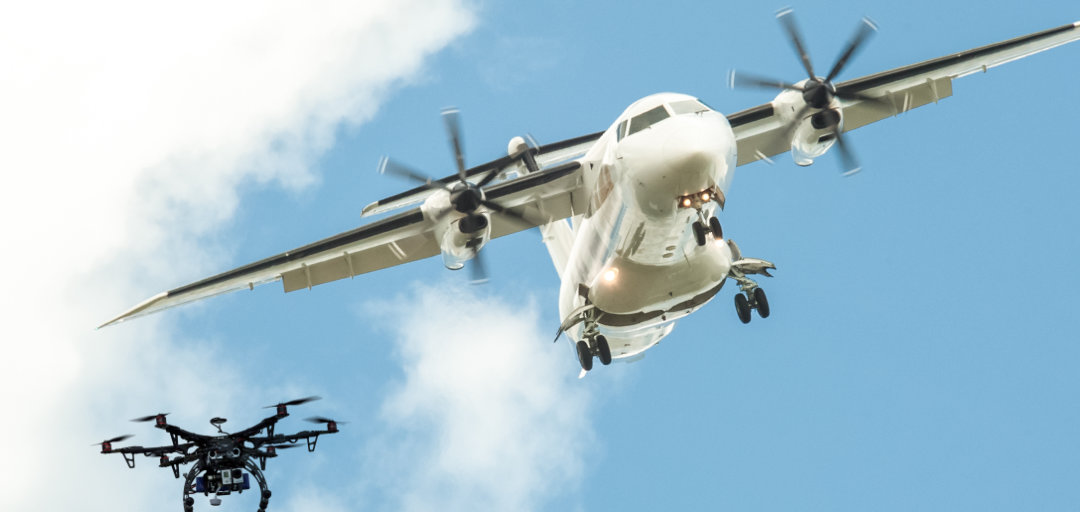What are the benefits of Certiflight not only for the aviation sector but also for society as a whole?
The answer to this question requires the understanding of complex documents by both main stakeholders and general public. For that reason we have created the “Notes from technical documents” series of articles to explain in a concise way those technical documents created by the project, to make them more accessible.
The use of drones has been increasing continuously, which challenges the existing air traffic control system. They provide new approaches to different industrial sectors, for example in last-mile delivery, agricultural applications, infrastructures, fisheries, security… This new situation involves new challenges that need to be approached.
A key challenge for the safe integration of drones into shared airspace is the lack of clear separation rules between GA aircraft and UAS sharing the same airspace.

The proposed U-Space services allow UAS to fly in the existing airspace, thus increasing the likelihood of encountering General Aviation aircraft. EU Regulation considers this fact and requires both manned and unmanned aircraft to be electronically conspicuous when operating in U-Space. Thus, the concept of e-Conspicuity.
However, to lack of coordination and separation rules increases the possibility of mid-air collision. Unlike in controlled airspace for manned aircraft, services in U-space airspace are still in development phase. For instance, there are certified U-space service providers yet. Moreover, a standardised separation distance between aircraft is also still missing at the moment.
In this context, the deliverable D2.5 “E-Conspicuity and Automated Separation Algorithms” analyses, through simulations, the use of bespoke algorithms to solve this problem.
The baseline are the Velocity Obstacle-based methods, which are well-established in the domain of robotics, self-separation for manned aviation, and complexity analysis.
Read the full deliverable to find the proposed solutions to the separation distance challenge.